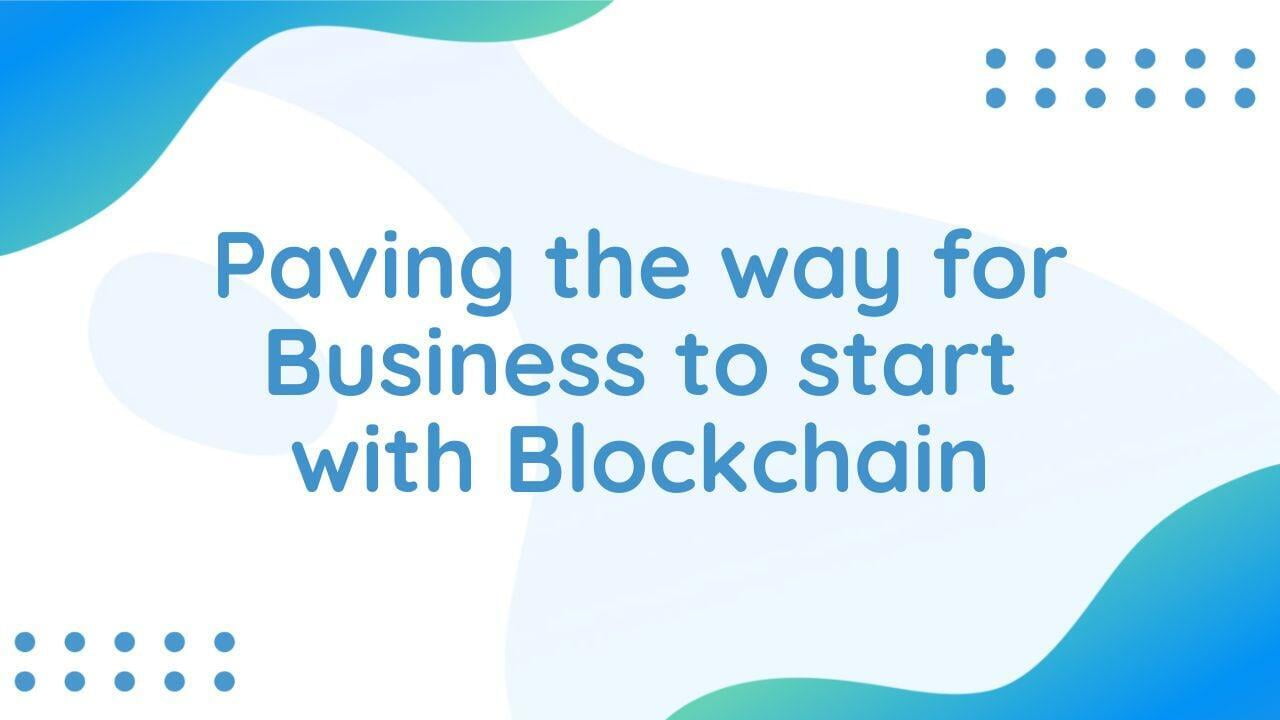
What does blockchain mean for business and IoT?
While commercial, financial and organizational transactions are often performed by humans and/or software on computers, the Internet of Things gives objects the ability to participate directly in transactions.
The use cases are still being discovered, but let's mention, for example, the lock that opens if the right of way is well paid, the parcel that validates the transport transaction when it arrives at the destination site, the washing machine that launches the order and the payment of the laundry when it's tank is almost empty, the passage in front of a beacon that validates the passage of a security agent on a site and in a time range, the electric radiator that subscribes to a tariff contract with load shedding... The possibilities are thus innumerable. Thus, the connected object entering the transaction extends the concrete impact of the latter because it has a physical hold on the world. The most emblematic example being the blocking/unblocking of the use of a rented object (tool, camcorder...) according to the payment and the duration of use.
Do we need blockchain for this? The IoT vision targets objects connected to the Internet that can communicate and make transactions with all other objects in the world. The decentralized and global aspect of blockchain fits perfectly with this universal vision of IoT.
Moreover, the need for lightweight, peer-to-peer international transactions that mix money and activities (service rendered, good exchange) is very well supported by blockchain-based cryptocurrencies. This marketing mix is particularly effective for conducting and settling a simple or very complex transaction. A need for on-demand payment/transaction and flexibility of use is also asserting itself a little more every day. The meeting of connected objects and blockchain is therefore a phenomenon whose scope is still largely underestimated.
In the rest of this blog post, we call blockchain a technical instantiation of the blockchain concept that has just been mentioned.
Practical consequences of the vision
Objects carry out automated processes among themselves and take part in transactions based on the blockchain. This leads to 4 main consequences:
Objects handle money
On the one hand, the blockchain requires transaction fees (gas), and on the other hand, objects will have to carry values to pay for the exchanged services/goods. Obviously, crypto-currencies will play a major role with Bitcoin at the top. The objects must have a wallet, with all the related functions: reloading, spending, control of spending, transaction log. The security of the wallet is central to the implementation technologies. Embedded technologies exist (Trezor, Ledger Nano, KeepKey...) and can be merged into the objects. However, questions will arise such as the administration of the maximum amounts to be committed and the responsibilities related to automated payment (who really owns the money in the object with anonymous keys?)
Objects enter into proof mechanisms
Beyond payment, objects therefore come into play in commercial or other transaction mechanisms (organization, exchanges, etc.) where probability is a central issue. Will an insurance contract signed and validated by the blockchain cover me well? Is an electronic transaction recognized as valid in the blockchain considered as evidence in the legal sense, admissible and opposable in court? A priori, no, because the transactional mechanisms of the blockchain (the instantiations that I know of) are not evaluated in a secure manner. In the Anglo-Saxon world, where law is constituted by usage, this question seems much less important than in "Latin" law. Nevertheless, here nothing prevents the parties from agreeing on the use of blockchain in a contract of evidence. The technology does not fit into the general case, but can be used if it is well understood by the parties.
Objects must consume blockchain protocols
The objects must be able to play the role of external accounts (in the sense of Ethereum), that is to say to be able to start transactions and to feed the process until its end (end of transaction). To do this, they must implement the protocols for accessing the blockchain. Various open source implementations already allow the creation of such applications. Moreover, technologies aware of the need are working hard on "APIsation". The typical example of objects with this kind of capability is Slock.it, which offers a connected lock using contract execution on Ethereum.
Conclusion
The decentralized, peer-to-peer and transactional vision of the Internet of Things naturally leads to the blockchain which has the same "genetics". The blockchain ensures the logic of the transaction contract and the related payment in cryptocurrency. The consequences for connected objects concern 4 areas: payment, proof of contract, technological compatibility, and the formation of the contract by the objects themselves. The still emerging technologies already allow for spectacular applications that only hint at the potential of "IoT on blockchain".
OUR OFFICIAL CHANNELS
Website - https://www.clanity.com/
Discord - https://discord.gg/6rDdVwextJ
Telegram - https://t.me/clanity
Twitter - https://twitter.com/clanityofficial
Facebook - https://www.facebook.com/clanityofficial
Medium - https://medium.com/@clanity
Reddit - https://www.reddit.com/r/Clanity/
Instagram - https://www.instagram.com/clanityofficial/

Expand your business reach to new and untapped markets
Unlock new revenue streams and opportunities for growth and take control of your business's future today!

